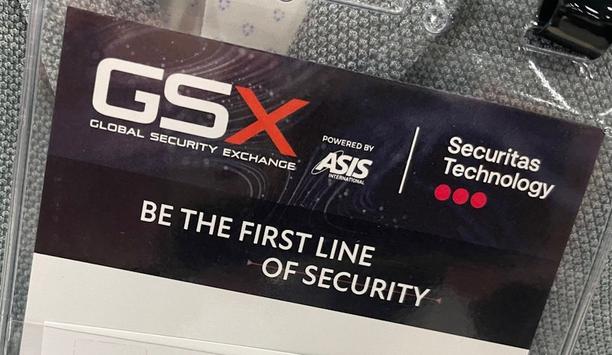 |
| Many purpose-focused stand-alone systems address business goals aside from security |
For example, access control can eliminate the expense and maintenance of locks and keys at many doors, and also can provide much greater visibility and management over who is allowed to go where. On the business side, train ticketing systems allow passengers to take advantage of self-service and avoid lines, while flight information display systems (FIDS) bring valuable information to passengers. Each system drives efficiency in the customer experience, and makes customers happier and more likely to return. Now consider integrating each of these with video surveillance, says Joshua E. Phillips, director of enterprise and critical infrastructure at Verint Systems Inc. The value of the video system, often considered a cost of safety and security, increases exponentially.
With video, end users can verify who is using an access credential, such as a Transportation Worker Identification Credential (TWIC), at secure entry points. They can verify if ticketing kiosks are operating properly before dispatching service. If you overlay FIDS data on video at each gate, you can increase the service levels of the aircraft and make it simple to identify gate activity with associated flights, which then creates further business efficiency. “These are only some of the opportunities available for safer and smarter transportation,” says Phillips.
Many transportation providers |
March Networks also sees a growing trend toward using video beyond security. “We have seen this in other verticals,” says Dan Cremins, director, product line management, March Networks. “These customers are looking for ways to use video to learn more about what’s going on in their facilities.” Examples might include people counting, or the ability to determine demographics (such as gender and age) for marketing purposes. Tying video in with fare systems is another possibility— providing a new type of metadata that can be synced with video. The identity of someone on a video might be provided by their frequent rider card information, for example.
Transit operators sometimes overlook how cameras can help improve operations, says John Recesso, strategic business development manager, Sony Electronics’ Security Systems Division. IP cameras can help manage equipment maintenance, ensure vehicles are operating on schedule, and protect their organisations from false incident reports.
The biggest challenge in deploying these systems tends to be budget limitations, so operators often choose less expensive, low-feature-set solutions, Recesso says. However, transit operators that install robust IP surveillance equipment often find that the added security and operational cost savings mean the system pays for itself in just a few years.
A challenge is how transportation operators can integrate onboard video from trains, buses and other vehicles (such as police, emergency responders, etc.) into the infrastructure command centre post, notes Recesso. Doing so would enable onboard video to be managed in conjunction with other video systems rather than as a standalone system.
Currently, transportation operators that deploy onboard surveillance tend to use analogue systems, and they are just now migrating those applications to IP. Most see onboard video solutions as being distinctly separate from the video systems used to secure stations, bridges, rail/road infrastructure, parking garages and other facilities – but they should be integrated and managed as one complete system. This provides a more complete operating picture of the transportation system and how it is integrated to greater citywide surveillance.
From facial recognition to LiDAR, explore the innovations redefining gaming surveillance














































